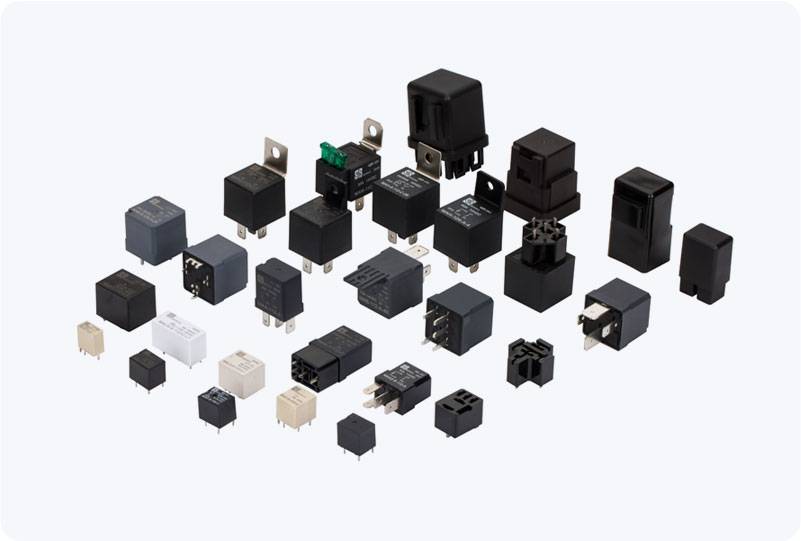Explosion-Proof Relay (EPR) plays a vital role in the safety of electrical systems operating in hazardous environments. These relays are specifically designed to prevent electrical sparks or overheating from causing explosions in areas where flammable gases, vapors, or dust may be present. The importance of Explosion-Proof Relays in industries such as oil and gas, chemicals, mining, and power generation cannot be overstated. This article will explore the key features, applications, and standards related to Explosion-Proof Relays, and why they are crucial for ensuring safety in these high-risk environments.

What is an Explosion-Proof Relay? An Explosion-Proof Relay is a specially designed electrical relay that operates safely in environments where there is a risk of explosive atmospheres. These relays have robust, sealed enclosures that can withstand internal explosions, preventing any sparks or excessive heat from escaping into the surrounding environment. The materials used in these relays, such as aluminum, copper, and stainless steel, are chosen for their strength and resistance to corrosion, ensuring that the relay can operate reliably in harsh and potentially explosive conditions. Explosion-Proof Relays are critical components for electrical control systems in industries where explosive gases or dust are prevalent. They are engineered to meet rigorous safety standards and provide a high level of protection to both personnel and equipment.